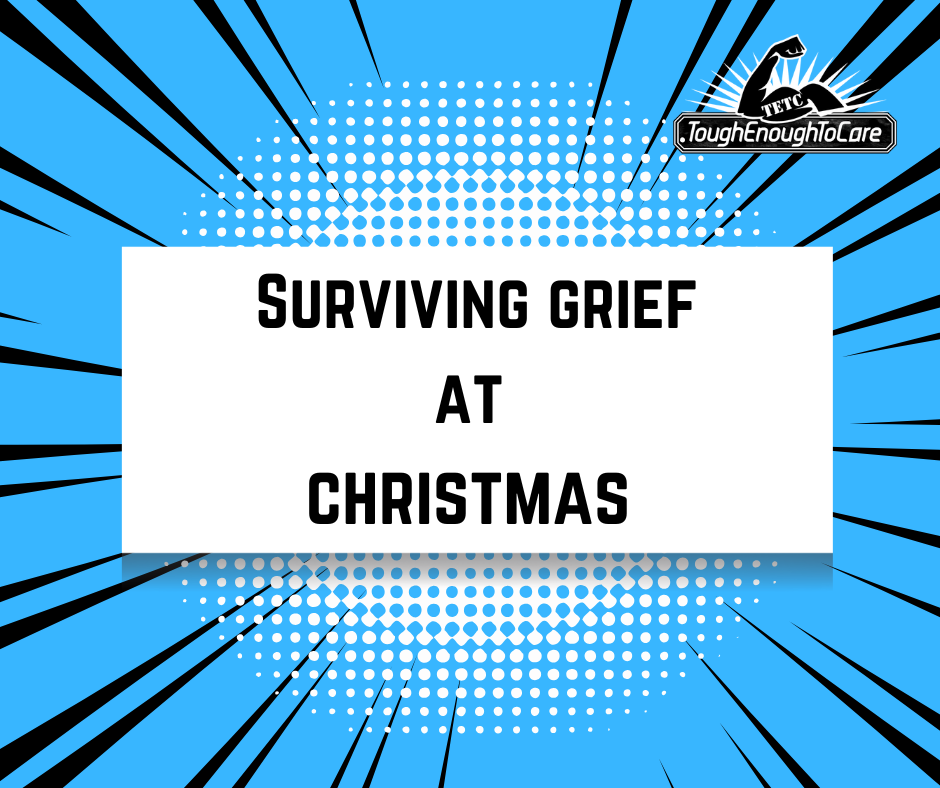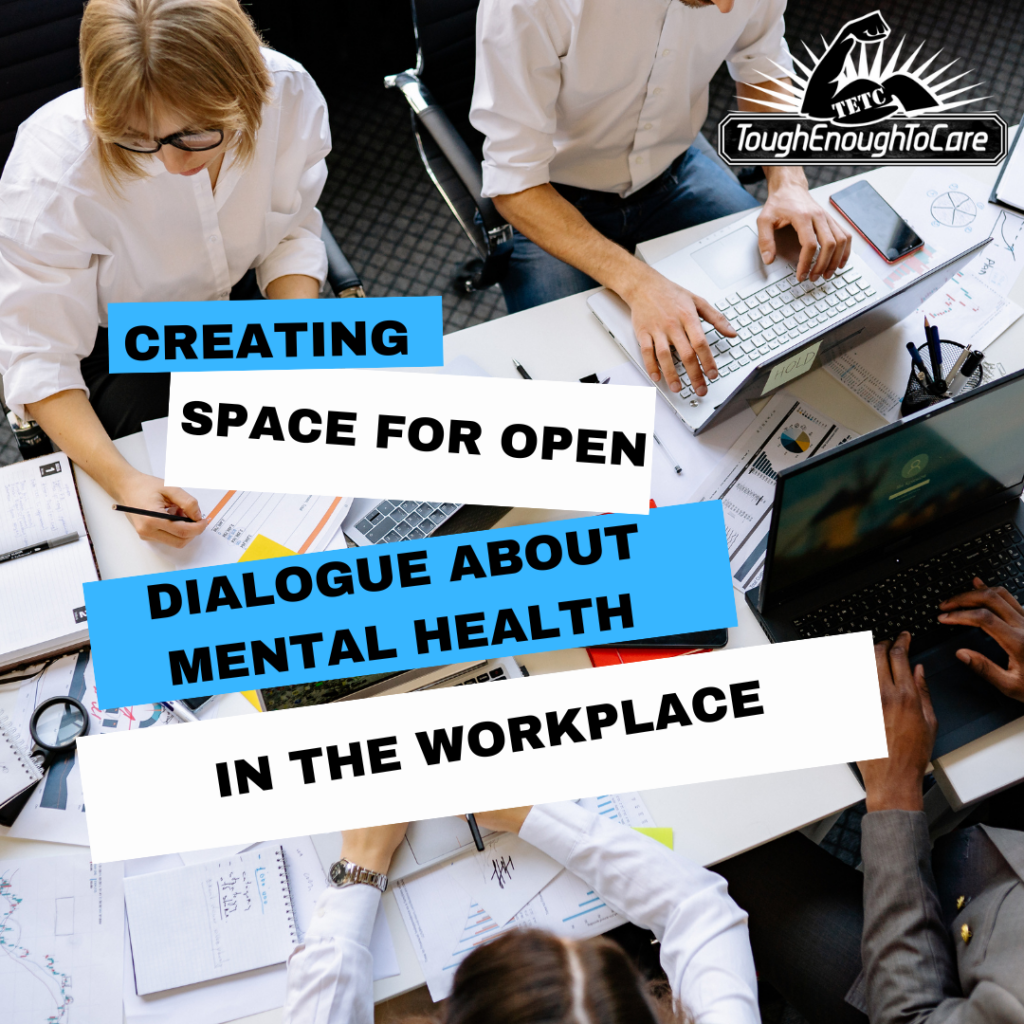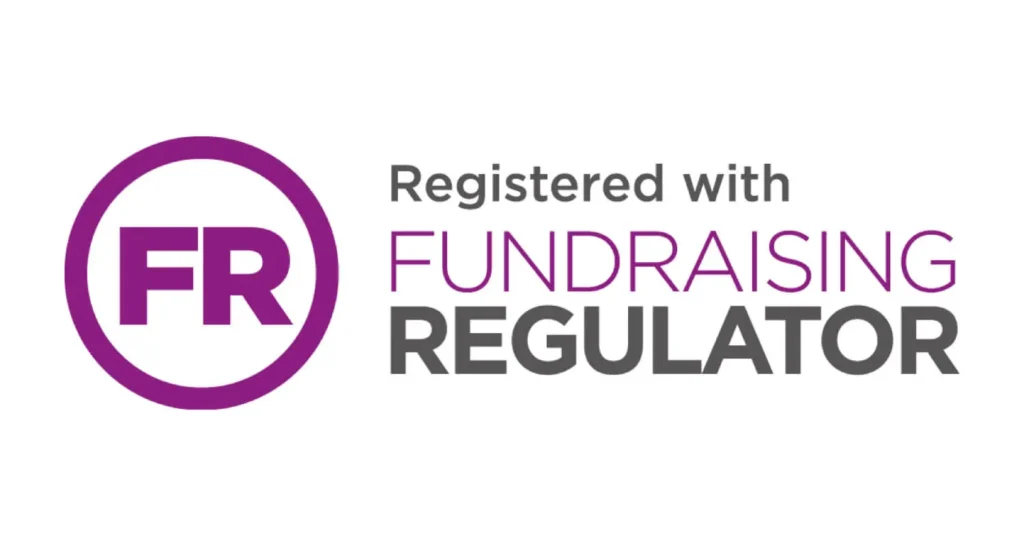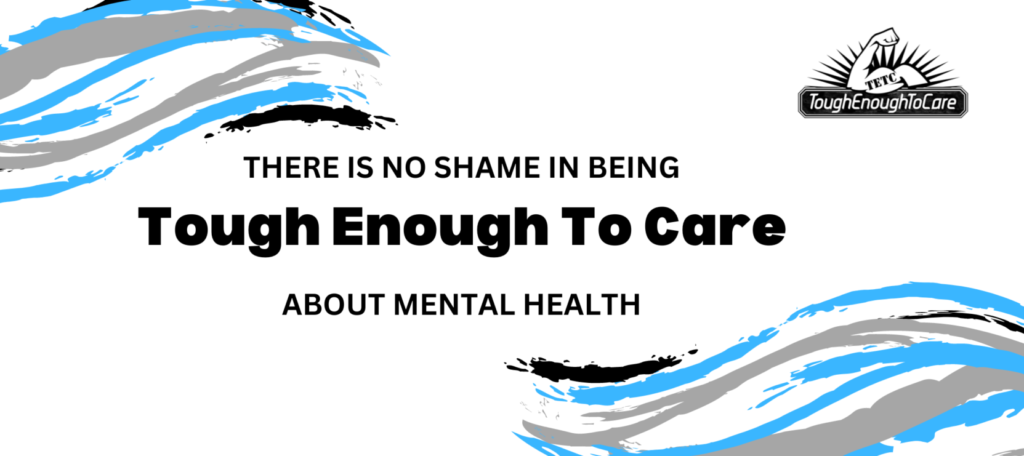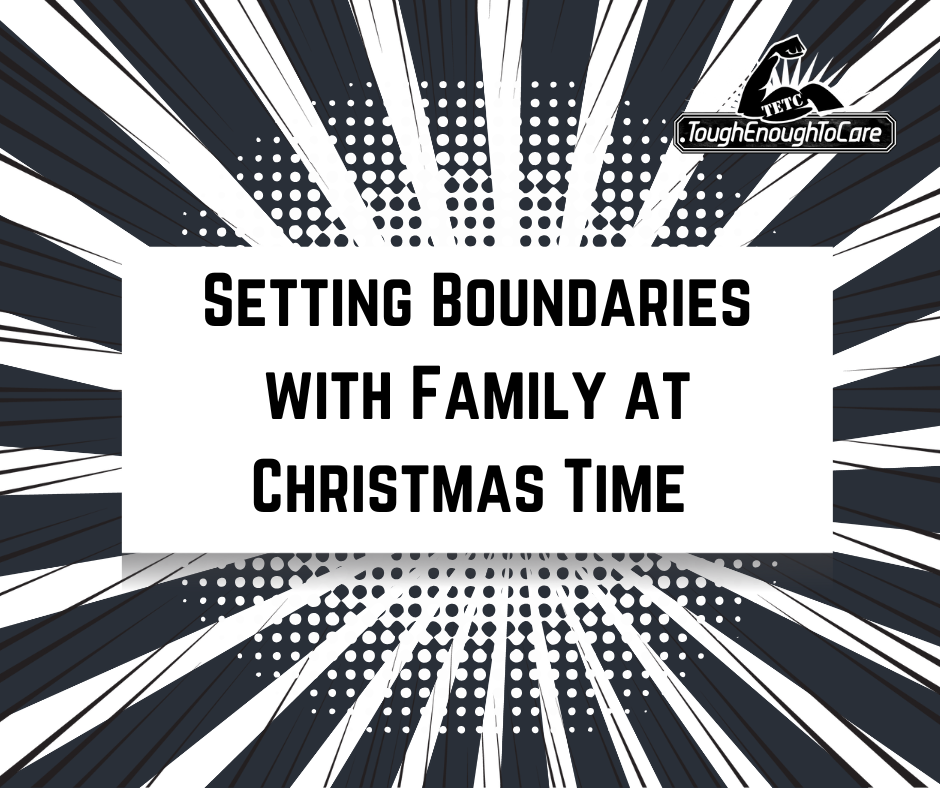
Setting Boundaries with Family at Christmas Time for Your Mental Health
The festive season is often portrayed as a time of joy, family togetherness, and celebration. However, for many people, the pressure to meet these expectations can be overwhelming. Family dynamics can be complicated, and when it comes to Christmas, emotions often run high. Navigating these moments while maintaining your mental well-being requires one important tool: boundaries.
Setting boundaries with family members during Christmas may feel uncomfortable or even unnatural, especially when there’s an unspoken expectation to be cheerful and fully present. But the reality is, your mental health should always come first. Creating healthy boundaries with family during this festive time is not only necessary for your well-being but can also lead to more authentic and enjoyable connections with your loved ones. Here’s how you can set boundaries this Christmas to protect your mental health.
- Recognise the Importance of Boundaries
Boundaries are not about building walls or creating distance; they are about protecting your energy, time, and emotions. They allow you to define what is and isn’t acceptable in your interactions with others. During Christmas, you might feel the pressure to please everyone or to participate in every event, but the reality is that this is not always possible.
Acknowledge that it’s okay to set limits on how much you give to others, whether that’s emotionally, physically, or even financially. Remember, taking care of yourself is not selfish—it’s necessary. If you aren’t mindful of your own needs, you may end up feeling drained, anxious, or resentful.
- Communicate Your Boundaries Clearly
One of the hardest parts of setting boundaries with family is simply communicating them. You don’t need to explain yourself in exhaustive detail, but being clear and direct about what you need will help everyone involved understand your position. Whether it’s limiting the amount of time you spend at a family gathering, taking breaks during the event, or even setting expectations for the types of conversations you’re willing to engage in, be upfront.
For example, if you need a break from socialising, you might say, “I’m going to step outside for a few minutes to recharge.” Or, if you’re not comfortable discussing certain topics, you can politely express that: “I’d prefer to avoid talking about politics today—let’s focus on the good stuff.”
Being direct with your family can set the tone for healthier interactions, and it helps to reduce the anxiety that often comes from trying to please everyone.
- Learn to Say No
One of the most powerful tools for maintaining your mental health during the festive season is the ability to say “no.” It might sound simple, but saying “no” can feel like a monumental task when it comes to family obligations, especially during Christmas.
Whether it’s attending an event you’re not comfortable with, taking on extra responsibilities, or agreeing to engage in conversations that drain you, saying no is your right. You don’t need to justify your decision or feel guilty. A polite but firm “I can’t do that this year” is enough.
When you prioritise your own well-being, you send a clear message that your needs are just as important as everyone else’s. If you’re feeling burnt out, taking the time to say no allows you to recharge and avoid unnecessary stress.
- Be Prepared for Pushback
Unfortunately, not everyone will understand or respect your boundaries immediately, and that’s okay. Some family members may push back or even guilt you for setting limits. You might hear comments like, “It’s Christmas! Why can’t you just enjoy it?” or “You’re being selfish by not attending everything.” These reactions can be difficult to handle, but it’s important to stick to your boundaries.
If you face resistance, try to remain calm and assertive. Repeat your boundary as necessary, and don’t get drawn into guilt-inducing arguments. For example, if someone questions why you’re not attending an event, you can say, “I’m taking some time to focus on my mental health this year, and that means skipping some events. I hope you understand.”
Having a prepared response can help you stay grounded and assertive in the face of pressure.
- Prioritise Self-Care
Taking time for self-care during the festive season is crucial, especially when you’re managing family dynamics. Make sure to carve out time for activities that help you feel recharged, whether that’s going for a walk, meditating, reading, or simply taking a nap. You don’t have to be “on” all the time, and it’s okay to take moments for yourself to reflect, breathe, and reset.
Remember, you are allowed to put your needs first. If things are feeling overwhelming, take a step back and remind yourself that it’s okay to rest.
- Plan an Exit Strategy
Sometimes, family gatherings can be intense, and it’s important to have a plan for when you need to leave. Setting a time limit on how long you’ll stay at an event can help manage your expectations and prevent burnout. Having a clear exit strategy allows you to exit gracefully and avoid lingering in an uncomfortable situation.
If things become too overwhelming, it’s okay to leave early. If you feel anxious or mentally drained, excuse yourself politely, and remember that your well-being comes first.
- Seek Support When Needed
If you’re finding it difficult to navigate family boundaries during Christmas, seeking support can be incredibly helpful. Talk to a trusted friend, a therapist, or a counsellor who can provide guidance and help you process any emotions or challenges you’re facing. Sometimes, just having someone to listen can make a world of difference.
If your mental health feels at risk, don’t hesitate to seek professional help. Your therapist can help you develop strategies for setting and maintaining boundaries, and can also support you if things don’t go as planned.
Setting boundaries during the Christmas season isn’t about rejecting family or the spirit of the season—it’s about preserving your mental health so that you can engage with others in a healthier, more balanced way. By communicating your needs, saying no when necessary, and taking time for self-care, you can ensure that Christmas remains a time of joy and connection, rather than stress and burnout.
Remember, you deserve to enjoy Christmas in a way that feels right for you. Setting boundaries isn’t easy, but it’s one of the most important gifts you can give yourself during this busy time. By doing so, you’ll be in a better place to connect with your family and enjoy the season while maintaining your peace of mind.
